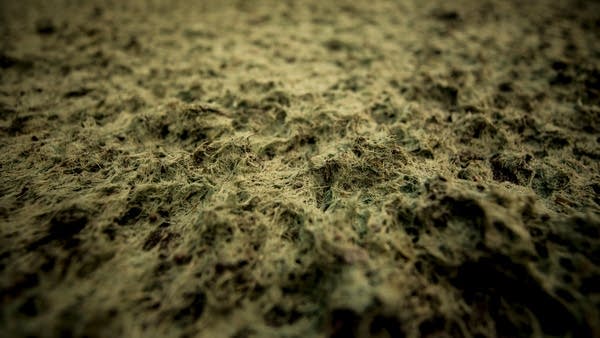With new park, St. Cloud remembers first slaves -- and those who spoke out

A new park in St. Cloud will commemorate a bit of local history probably unknown to most residents.
The peaceful spot overlooking the Mississippi River will be named Butler Park for Mary and John Butler, believed to be the first slaves brought to St. Cloud.
They were brought up the Mississippi by their southern owner and believed to have come ashore on this low spot on the riverbank, where the city recently demolished a condemned home.
"What better way to recognize their sacrifice and that piece of our history?" said St. Cloud Mayor Dave Kleis.
Create a More Connected Minnesota
MPR News is your trusted resource for the news you need. With your support, MPR News brings accessible, courageous journalism and authentic conversation to everyone - free of paywalls and barriers. Your gift makes a difference.

The fact that slaves once lived in Minnesota, a free state, isn't widely known.
Christopher Lehman, an ethnic studies professor at St. Cloud State University, has done extensive research on the history of slaves in Minnesota. In 2011, he wrote a book titled "Slavery in the Upper Mississippi Valley."
In the 1850s, there were several southerners who came to Minnesota to buy land, Lehman said. Sometimes they brought their slaves with them.
The Butlers' story starts with St. Cloud's first mayor, Sylvanus Lowry, who moved here from Kentucky and bought a large swath of land on the city's north side.
Lowry convinced people he knew from the south to come to St. Cloud and buy property from him. Lehman said he doesn't believe Lowry himself owned slaves, but many slave owners gave him money.
"You could easily make the argument that a lot of how northern St. Cloud developed was through money from slave labor," Lehman said.
Early in 1857, Lowry fell ill and asked his brother-in-law, Thomas Calhoun, to watch over his farm.
Calhoun came up the river from Tennessee, bringing with him two slaves — 32-year-old Mary Butler and her 2-year-old son, who didn't survive the trip.
Mary Butler was pregnant, and gave birth later that year. Her son, John, was likely the first African-American baby born in St. Cloud, Lehman said.

Lehman noted that in 1857, the U.S. Supreme Court ruled in the Dred Scott decision that slaves brought by their owners into northern territories weren't entitled to freedom.
So slavery was legal in Minnesota, which wouldn't become a state for another year, in 1858. Still, Lehman said not everyone there accepted it.
One of the loudest voices of opposition belonged to Jane Grey Swisshelm. She started an abolitionist newspaper called the St. Cloud Visiter and wrote scathing editorials critical of slavery.
Swisshelm clashed with Lowry, who started a rival pro-slavery newspaper, the St. Cloud Union. One night a group of vigilantes including Lowry broke into Swisshelm's office. They smashed her printing press and threw it into the Mississippi River.
There were only a handful of slaves in St. Cloud and the rest of the state, Lehman said, and most didn't stay long. Mary and John Butler were here for less than a year before their owner returned to the south.
Still, Lehman believes it's important to recognize their presence.
"It acknowledges that the history of slavery is part of the story of St. Cloud as well as part of the story of the United States," he said. "It also acknowledges that the presence of African Americans goes back almost to the beginning of St. Cloud itself."

Kleis said it's important to recognize both the good and bad parts of the city's history.
"History's always written from a perspective and through the lens of those who are writing it," he said. "So it was a piece of the past I think (that was) often overlooked."
Kleis hopes the park will be a place where people can sit, enjoy the view of the Mississippi and reflect — not just on the darker side of the city's past, but on those who spoke up against slavery.
"It's important to understand, to learn from history and to see how people stood up to that injustice and how we can continue to do that today," Kleis said.
The city will dedicate Butler Park at a ceremony at 10 a.m. Saturday. The park is located at 300 Fifth Ave. N., just north of downtown St. Cloud.